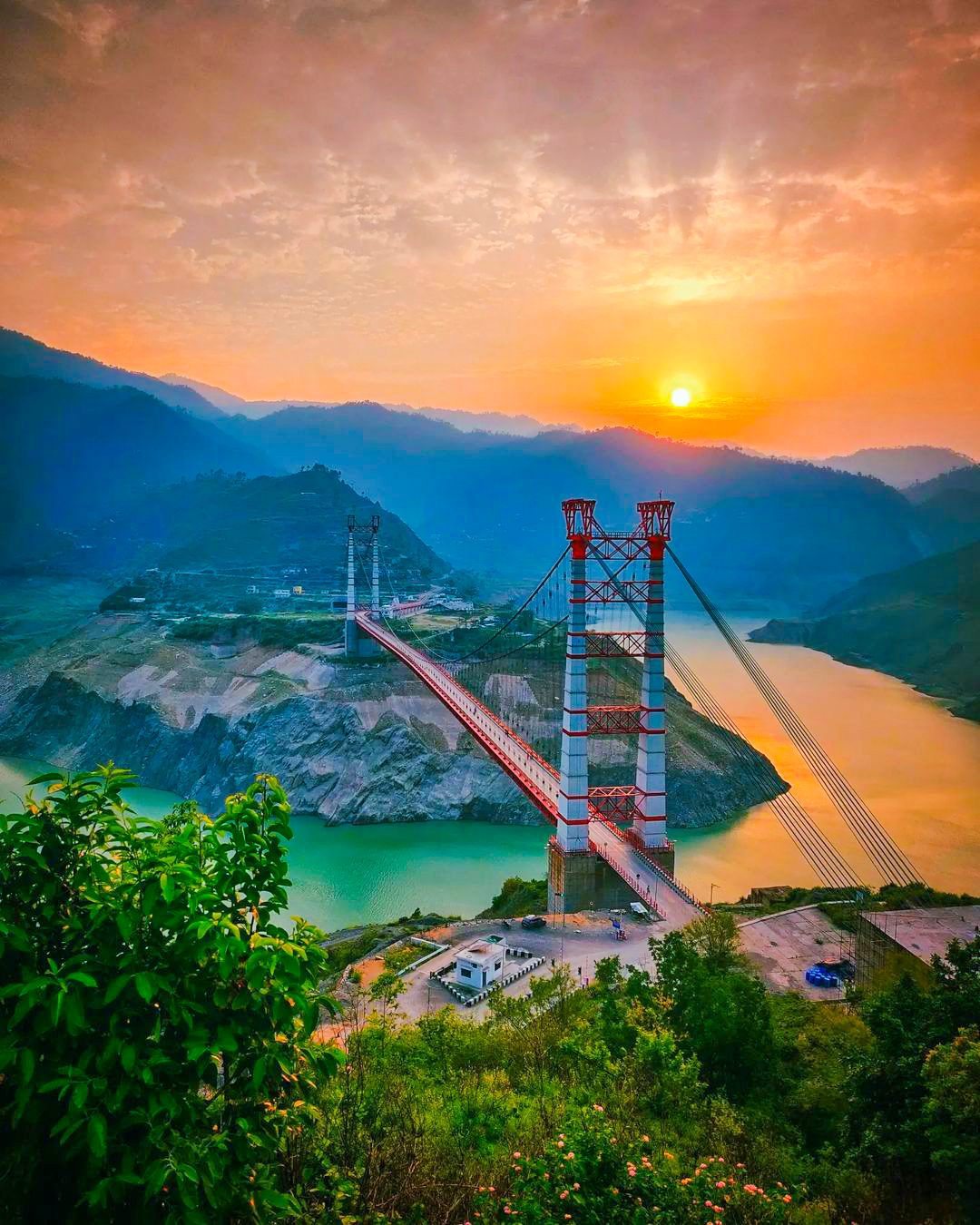On July 14, 2023, India marked another historic milestone in its space exploration journey with the successful launch of Chandrayaan-3, the third mission in the Chandrayaan program. Developed by the Indian Space Research Organisation (ISRO), this mission aimed to achieve a soft landing on the lunar surface, a feat that had previously eluded the nation during the Chandrayaan-2 mission in 2019.
Chandrayaan-3 followed in the footsteps of its predecessor, carrying a lunar lander named Vikram and a lunar rover named Pragyan. These components were similar to those launched aboard Chandrayaan-2. The mission began its journey from the Satish Dhawan Space Centre on July 14 and entered lunar orbit on August 5.
The most significant achievement of Chandrayaan-3 came on August 23 when the lander, Vikram, made a successful touchdown near the lunar south pole. This accomplishment made India the fourth country in the world to successfully land on the Moon and the first to do so near the lunar south pole.
The lunar south pole is of particular interest to scientists due to the presence of large amounts of ice, which could offer insights into lunar and Earth history. Additionally, this ice could serve as a potential source of drinking water and hydrogen for fuel and oxygen in future lunar missions.
Chandrayaan-3’s objectives included safely landing on the Moon’s surface, demonstrating the rover’s driving capabilities, and conducting experiments to better understand lunar composition. The mission’s rover, Pragyan, was equipped with instruments to analyse the lunar surface, detect the presence of water ice, and study lunar impacts and atmosphere evolution.
Chandrayaan-3’s success showcased India’s growing prowess in space exploration and contributed valuable scientific insights about the Moon. It was a testament to ISRO’s dedication and determination to excel in lunar exploration, and it earned India a prominent place in the global space community.







